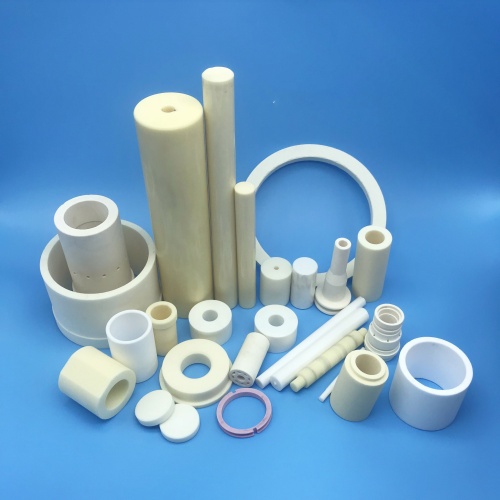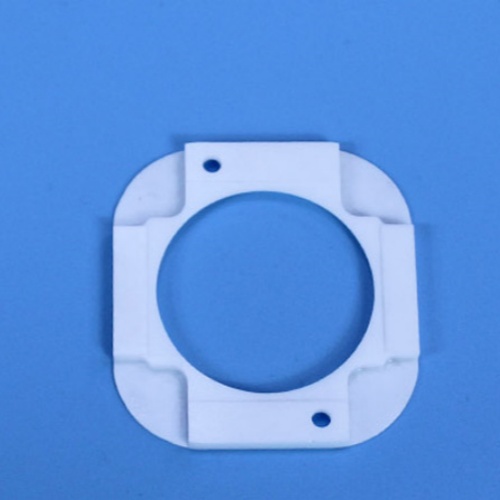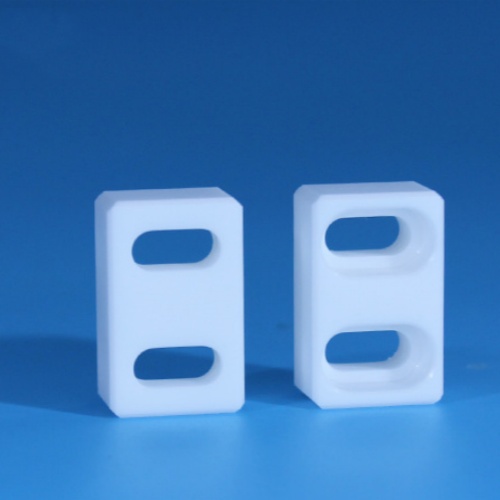How to check the quality of zirconia ceramic workpieces
Zirconia ceramics are widely used in many fields due to their excellent physical and chemical properties. To ensure their quality, a series of rigorous tests are required. The following are the detailed test methods:
Appearance quality inspection
- Surface finish: Use a microscope to observe the surface of the zirconia ceramic workpiece to check for scratches, dents, particles and impurities. The surface should be smooth, free of obvious defects, meet the cleanliness requirements, and do not contain oil and dust.
- Color consistency: The color of the workpiece should be uniform, consistent with the sample or specified color, and the color difference should be within the specified limits.
Dimensional accuracy detection
Use precision measuring instruments, such as calipers and micrometers, to measure the length, width, thickness, and other dimensions of the workpiece to ensure that it meets design specifications.

physical property testing
- Hardness test: Use a Vickers hardness tester to measure the hardness of the workpiece, usually requiring the hardness of zirconia ceramics to meet certain standards.
- Flexural strength testing: Use a flexural strength tester to evaluate the maximum stress the workpiece is subjected to during bending, and its strength should meet relevant standards.
- Wear resistance test: Simulate the conditions of use through a wear tester to detect the wear resistance of the workpiece.
- Porosity detection: refer to the GB/T 25995-2010 standard to detect the porosity, size, quantity and distribution of the workpiece. The lower the porosity, the smaller and more evenly distributed the pores, the better the performance.
- Brittleness test: According to the Vickers hardness indentation morphology, the brittleness is evaluated while the hardness is tested. The size of the fixed load can be graded to evaluate or determine the size of the brittle load.
Chemical property testing
- Corrosion resistance test: Place the workpiece in a specific chemical environment, such as acid or alkali solutions, to observe its corrosion resistance.
- Chemical stability testing: Under high temperatures and other conditions, evaluate the chemical stability of the workpiece to ensure that it does not undergo chemical changes during use.

Other performance tests
- Dielectric constant detection: Measure the substrate dielectric constant of the workpiece, usually greater than 30.
- Steel ball drop test: Use a 20g steel ball to drop from a height of 50cm to the center of the workpiece with a diameter of 10mm, and place it on a rigid flat marble. After three operations, the workpiece should be crack-free.
- Pencil hardness test: Use a Mitsubishi test pencil to draw 5 strokes on the surface of the workpiece at a pressure of 750gf and an angle of 45 °, each 10mm long, requiring no permanent indentation on the surface.
Microstructure detection
Using X-ray diffraction technology, the grain structure of the workpiece is analyzed to evaluate its mechanical properties and durability.

Internal defect detection
- Acoustic inspection: using acoustic inspection instruments to perform vibration tests on workpieces to detect the presence and location of internal defects and cracks.
- Infrared thermal imaging detection: Using an infrared thermal imaging camera, the workpiece is thermally imaged to detect abnormal temperature distributions and heat conduction problems.
Through the above comprehensive testing methods, the quality of zirconia ceramic workpieces can be ensured, enabling them to exhibit excellent performance in practical applications.
CATEGORIES
LATEST NEWS
- Petrochemical ceramic injec...
- Zirconia Ceramic Rod Custom...
- High-temperature resistance...
- What is the wear resistance...
- What is the hardness of cer...
- Aluminum oxide ceramic cust...
- What are the main aspects o...
- What are the mechanical pro...
- Thermal properties of zirco...
- What properties should be c...
